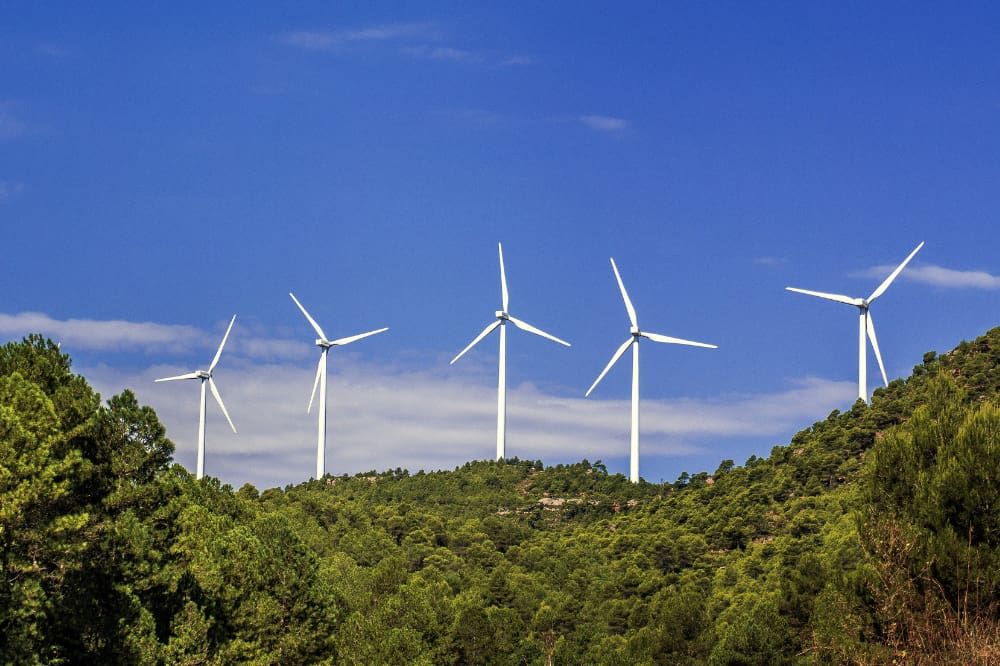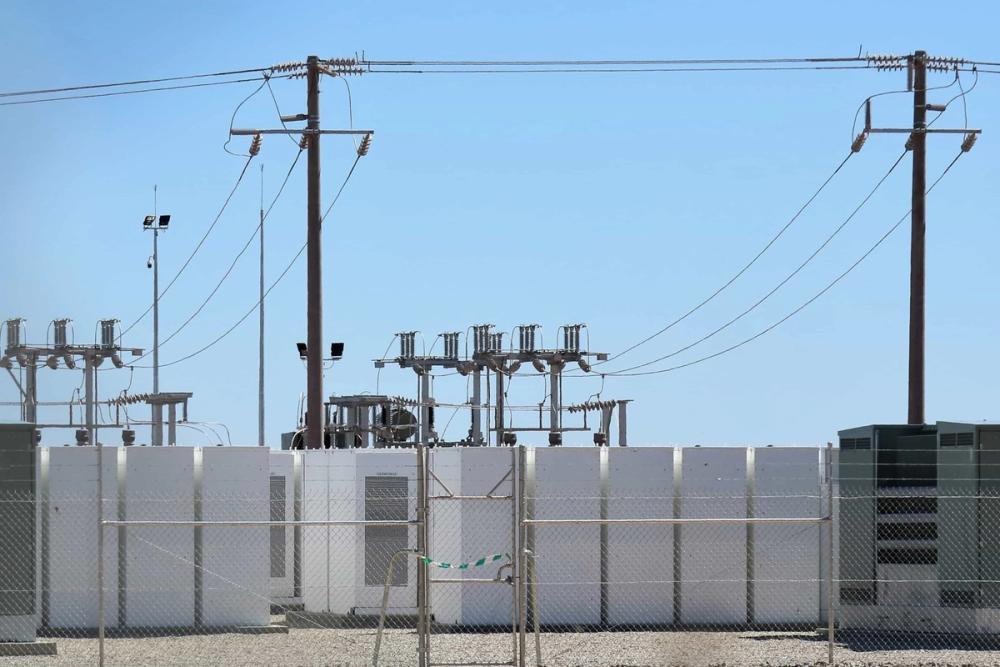Understanding The Land Requirements For Renewable Energy

As the world races towards a more sustainable future, the spotlight on renewable energy sources has never been brighter. This recognition has called for a worldwide shift away from reliance on fossil fuels and a higher dependence on clean and renewable energy.
Solar and wind power are two excellent examples of renewable energy sources that are playing a game-changing role in the clean energy field.
In this article, we will explain why renewable energy is important and how it can help businesses reduce their ESG scores. We will also explore how landowners can get involved in wind or solar development and contribute towards a greener future with the help of Balance Power.
Importance of Renewable Energy
The importance of renewable energy for homeowners and businesses cannot be overstated in the face of environmental challenges and the need for sustainable practices.
Transitioning to renewable energy sources, such as solar or wind power, not only reduces carbon footprints but also provides long-term economic benefits.
For homeowners, investing in solar panels can lead to significant energy cost savings over time. Similarly, businesses can cut operational costs, improve their corporate social responsibility and even benefit from local government incentives.
With an abundance of benefits, making the change to renewable energy ensures energy security by not relying on the national grid supply, reduces climate change impacts caused by greenhouse gas emissions and contributes to a greener, more sustainable future for both individuals and enterprises alike.
Land Requirements for Wind Energy Projects
Wind power harnesses the kinetic energy of the wind for electricity generation, typically through wind turbines. These towering structures house blades that capture the force of offshore wind or onshore wind (depending on the location) and convert it into rotational energy that powers generators.
Wind projects involve the installation of multiple turbines strategically placed in wind-rich areas to optimise energy production.
The amount of agricultural land required for wind projects varies but is typically around 0.5 to 2 acres per megawatt (MW) capacity, with spacing ensuring efficient wind capture.
This eco-friendly and renewable energy source has gained momentum globally, offering a clean alternative to traditional fossil fuels, combating climate change, and contributing to sustainable energy portfolios.
Land Requirements for Solar Energy Systems
Solar power projects, on the other hand, utilise sunlight to produce electricity through photovoltaic (PV) cells. These cells convert sunlight into direct current (DC) electricity, which is then transformed into usable alternating current (AC) power.
Solar projects involve the deployment of solar panels, often arranged in arrays, on rooftops, open land and water bodies to maximise sunlight exposure.
Unlike wind projects, solar installations can flexibly tailor their land requirements and solar capacity to match available space and energy demand.
The land requirements for solar projects vary depending on the technology used, but on average, it ranges from 3 to 5 acres per megawatt (MW) capacity for utility-scale solar installations.
Residential solar setups, typically smaller, require less space. While larger solar infrastructures, like solar farms, require more land use. Solar power is a clean and renewable energy source, contributing to a sustainable and low-carbon energy future.
Challenges With Renewable Energy
Renewable energy faces significant challenges, notably the inconsistency of wind and solar power, leading to difficulties in maintaining a steady energy supply.
The storage of this energy proves another hurdle, often hindered by expensive solutions. The initial investment required for establishing renewable wind and solar infrastructure is substantial which limits accessibility for many due to financial constraints.
The allocation of land for wind or solar projects becomes problematic in densely populated areas, where space is at a premium. The successful integration of renewable sources requires the advancement of energy systems and the management of power grids.
Overcoming technological obstacles is only one aspect of the picture; winning over the public and negotiating complicated regulatory environments are essential for a smooth transition to renewable energy.
To overcome these barriers and enable a more seamless adoption process, communities and energy developers must engage in open communication and collaboration.
This will increase the accessibility of clean and sustainable energy sources for everybody. Fulfilling the promise of renewable energy requires tackling both technological and socio-political obstacles in our quest for a more environmentally conscious future.
Luckily, at Balance Power, we aim to make this process simpler. We help flat-land owners make better use of their space by offering opportunities to get involved in electricity generation projects. Depending on how much land is available, it could be a solar farm, a wind farm or a Live Wire energy solution.
The Need for Landowners
As the technologies for wind and solar installations require open areas to capture sunlight or wind effectively, these renewable energy projects require space.
Landowners can play an important role by leasing their land for renewable energy projects. It's a win-win: they receive payments for the use of their land and renewable energy companies get the space they need.
Local farmers, for example, might find this an additional income source. This collaboration supports clean energy growth and helps communities benefit from sustainable practices.
How Can Balance Power Can Help Landowners and Businesses?
Balance Power makes it easy for businesses to switch to renewable energy. They connect with landowners for renewable projects by assessing the data and finding suitable land in specific areas.
The in-house team ensures fair pricing based on the land's proximity to the business. This straightforward process allows businesses to smoothly transition to renewable energy and promote a greener and more eco-friendly approach.
The global shift towards renewable energy is a vital step in reducing carbon emissions and mitigating climate change.
Green Energy Is the Future
The path towards a sustainable energy future requires balancing energy demands while safeguarding the environment. It also entails considering the well-being of local communities.
Using onshore wind and solar projects, along with advanced storage solutions, will contribute to a cleaner energy future. Involving the community in planning adds to the goal of creating a more just energy landscape.
As the world transitions to cleaner energy sources, a deep understanding of the land requirements for renewable energy projects is paramount. Balance Power is an established renewable energy company with multiple projects active and in the pipeline.
If you are a landowner wanting to make an environmental impact or are a business looking to reduce your greenhouse gases and achieve net zero emissions, at Balance Power, we may have your answer! Give us a call at 0151 958 0431 or email us directly at enquiries@balancepower.co.uk. The future needs you.



